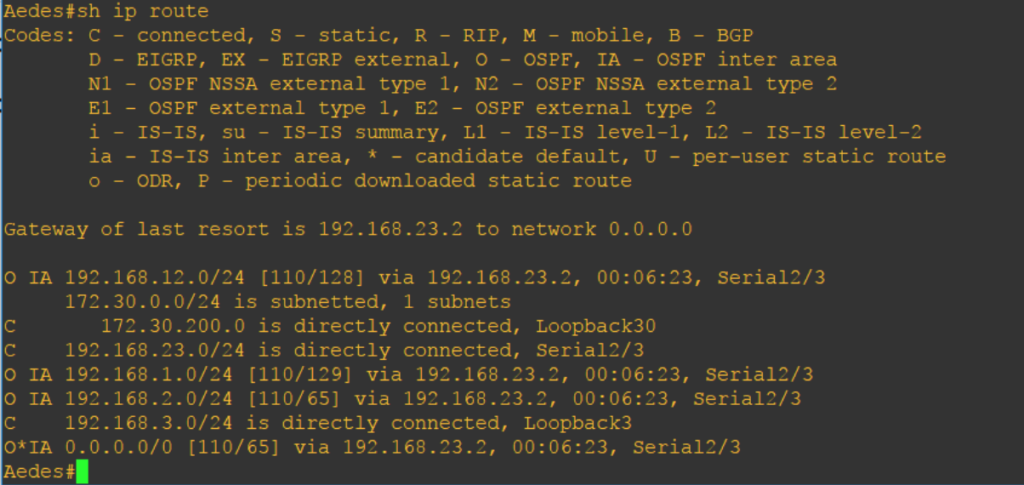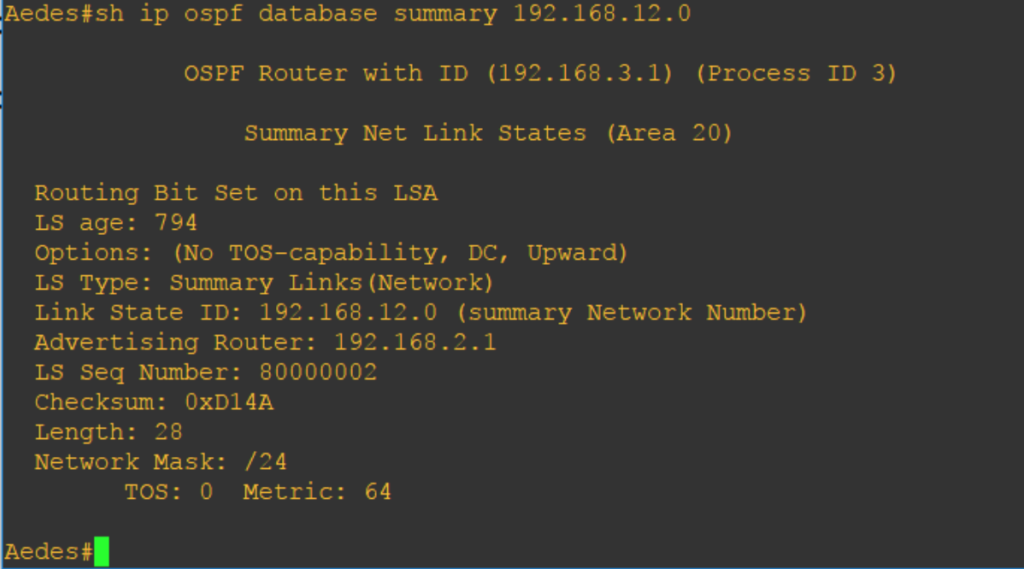Connectivity alone is no longer sufficient in today’s digital world, and IT simplification plays a vital role in delivering seamless digital outcomes and unified experiences. To achieve this, organizations need to ensure digital experiences across all critical networks, making network and service assurance a strategic component.
Accedian, known for its expertise in network performance monitoring, enables the smooth operation of service provider transport and 5G networks. The company’s deep technical understanding, SaaS-first service assurance platform, and commitment to innovation have made it a trusted partner in the industry. By joining forces with Cisco, Accedian aims to leverage its critical capabilities and expand its solutions within Cisco’s Networking portfolio, building on the strong partnership they have established over the years.
Collaboration between Cisco and Accedian has already proven successful, as they have jointly delivered automation and assurance solutions for service provider customers through the Cisco SolutionsPlus program. With the acquisition, Cisco further enhances its assurance approach, empowering service providers with agility, efficiency, and scalability. Accedian’s portfolio, which includes microsecond-level sensors and the powerful Skylight Analytics platform, combined with Cisco’s robust offerings, will enable the delivery of transformational solutions to service provider customers.
One notable opportunity resulting from the acquisition is the integration of Accedian’s sophisticated network performance and user experience monitoring capabilities for CSP customers into Cisco ThousandEyes’ cloud. This integration will provide end-to-end network assurance, bringing unprecedented visibility and insights to enhance performance.
The acquisition of Accedian will be finalized during the first quarter of Cisco’s FY24, with the Accedian team joining Cisco’s Data Center and Provider Connectivity organization. Cisco is excited to welcome the talented Accedian team and work together to accelerate the vision of delivering high-performance assurance to service providers. The existing partnership between the two companies will continue to thrive, enabling seamless collaboration and innovation.
With this strategic move, Cisco reinforces its commitment to providing advanced network and service assurance solutions, empowering organizations to meet the evolving demands of the digital era.
]]>| LSA Type 1 | Router LSA |
| LSA Type 2 | Network LSA |
| LSA Type 3 | Summary LSA |
| LSA Type 4 | ASBR Summary LSA |
| LSA Type 5 | External LSA |
| LSA Type 6 | Multicast LSA (MOSPF) |
| LSA Type 7 | NSSA External LSA |
| LSA Type 8 | Link Local LSA for OSPFv3 |
LSA Type 1 or called Router LSA, as the name implies, represents the router. Each router within an OSPF area will flood LSA Type 1 and it stays within an area.

Using the “show ip ospf database” command, it shows the router ID of directly connected neighbor and other information about its neighbors of adjacent routers within the same area. Multiple areas can be seen in ABR OSPF database.
LSA Type 2 or Network LSA is the LSA generated by designated router (DR). It contains information about the DR and lists all routers it is adjacent to. If the Link ID in LSA Type 1 is the router ID, the Link ID in LSA Type 2 is the interface IP address of the designated router. And, like the LSA Type 1, it is flooded between neighbors in the same area. This type of LSA can be seen on NBMA and Broadcast networks where DR/BDR is elected.

LSA Type 3 is the ABR Summary LSA. This LSA is generated by the Area Border Routers (ABR) to advertise network from one area to another area. It contains information about inter-area routes. If you see O IA entries in the routing table, these are Type 3 LSAs.

Looking at the screenshot above, the O IA are Type 3 LSAs which are advertised by ABR. Aedes is connected to my Anopheles ABR which has a router ID of 192.168.2.1. Take a look at the screenshot below to further check if it is really the Anopheles ABR advertising the Type 3 LSA route 192.168.12.0.

You can check the advertising routers for all OSPF LSA types by utilizing the “show ip ospf database.” You can further add more parameters whether you want to check advertising router of the external, network, summary, router, and other LSA types.
LSA Type 4 is the ASBR Summary LSA. This LSA is generated by the ABR that contains routes to Autonomous System Border Routers (ASBR). It identifies the ASBR IP address and location. Once ABR received information about ASBR, it will advertise LSA Type 4 and inject the route to area 0. Please note that ASBR itself does not generate LSA Type 4 rather it will generate LSA Type 1 regarding its networks.
LSA Type 5 is the External LSA. This LSA is generated by ASBR. ASBR creates a type 5 LSA for a subnet that is injected into OSPF from an external source or via a redistribute command. As it propagates to the network, the advertising router ID, which is the ASBR router ID, is not changed so router uses Type 4 LSA to know how to reach that ASBR. In the routing table, Type 5 LSA are the O E1 and O E2 entries.
LSA Type 6 is called Multicast LSA which is not generally in used today since the introduction of OSPFv3. To tell you honestly, I don’t even know how it was used before.
LSA Type 7 is the Not-So-Stubby-Area (NSSA) External LSA. This LSA is generated by NSSA ASBR. In an NSSA area, external routes are carried as Type 7 LSA. LSA Type 5 is somehow same with LSA Type 7 as they carry external routes information. However, LSA Type 5 is not allowed on stub areas that is why LSA Type 7 is used as a ploy. LSA Type 7 stays within an NSSA area in order for other routers in other areas know about the external routes, the NSSA ABR will convert the Type 7 LSA to Type 5 LSA and flooded in the area 0 and to the other areas in OSPF domain. If there are one or two NSSA ABRs, the NSSA ABR who has the highest router ID will be the one to do the translation.
LSA Type 8 is the Link Local LSA for OSPFv3 while LSA Type 9 – 11 are Opaque LSAs. These are OSPF LSA extensions used for MPLS traffic engineering. I haven’t tried to lab these LSA types but I will somehow in the future.
]]>